St. Patrick’s Day is celebrated across the world with festivities such as parades, wearing green clothing, and indulging in corned beef and cabbage and beer. But do you know the history behind this International holiday?
Who was St. Patrick?
The holiday honors Ireland’s patron saint —St. Patrick, born Maewyn Succat, who changed his name to Patricius after becoming a priest. He actually wasn’t Irish, he was born in Britain around 385 AD, then part of the Roman Empire. As a teenager, he was kidnapped by Irish pirates and spent many years in slavery herding sheep before escaping to England. He converted to Christianity and then returned to Ireland as a Christian missionary. Centuries after his death and canonization, March 17 became a holy day for the nation’s Catholics. According to legend, St. Patrick used the 3 leaves of the shamrock as a teaching tool while preaching to the Celtic pagans. As a result, people in 18th century Ireland started wearing shamrocks on their clothing on March 17 to signify their Irish Christian pride. That tradition later grew into wearing green clothing, which is a popular St. Patrick’s Day custom today. Today, the shamrock is often viewed as a symbol of good luck.
As the one national holiday that is celebrated in more countries around the world than any other, St. Patrick’s Day is the day when everyone wants to be Irish. Here is a snapshot of some destinations ‘going green’ this St. Paddy’s Day. As they say in Ireland, Éirinn go Brách (Ireland Forever)!
New York City
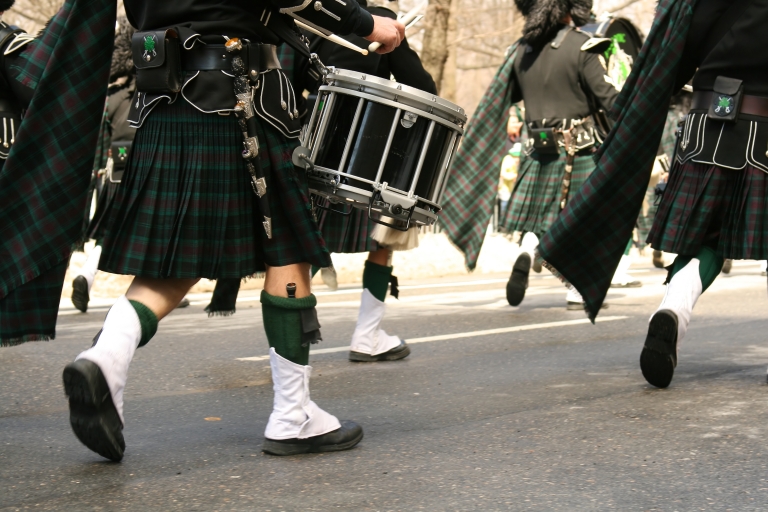
With over 2 million people gathering to watch the parade, New York hosts the country’s (and the world’s) largest celebration. The march up Fifth Avenue starts at 11 am on 44th Street and lasts about six hours, ending at 79th, with a pause at St. Patrick’s Cathedral. There are no floats or cars allowed in the parade, which features marching bands, dancers, and bagpipers galore. Typically, between 150,000 to 250,000 people participate. It is also broadcast on national TV to millions of viewers. The tradition itself dates back to 1762, making the NYC St. Patrick’s Day Parade older than the U.S. itself.
Boston, MA
Boston is considered the “most Irish city” in the US. The second biggest St. Patrick’s Day parade in the US is held in the predominantly Irish-American neighborhood of South Boston, locally known as “Southie” and attracts over a million spectators. Also, the Celtic punk band Dropkick Murphys plays annually at the House of Blues in Boston for a raucous good time.
Chicago, IL
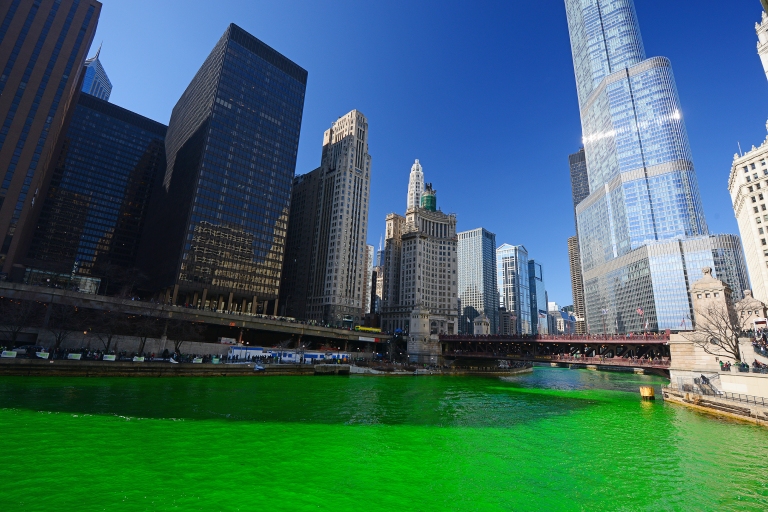
One of the highlights of the annual St. Patrick’s Day celebrations in the Windy City before their parade is the dyeing of the Chicago River. This tradition started in 1961, when the chairman of the annual parade saw green dye in the river (originally used to identify a sewage problem) and got the idea to use it for the upcoming holiday. More than 400,000 people gather along the Chicago River to watch environmentally-safe vegetable dye turn the murky river bright green, which only takes 45 minutes to turn color. The best place to see the dyeing is the intersection of Michigan Ave, Wacker Drive, and the river.
Dublin, Ireland
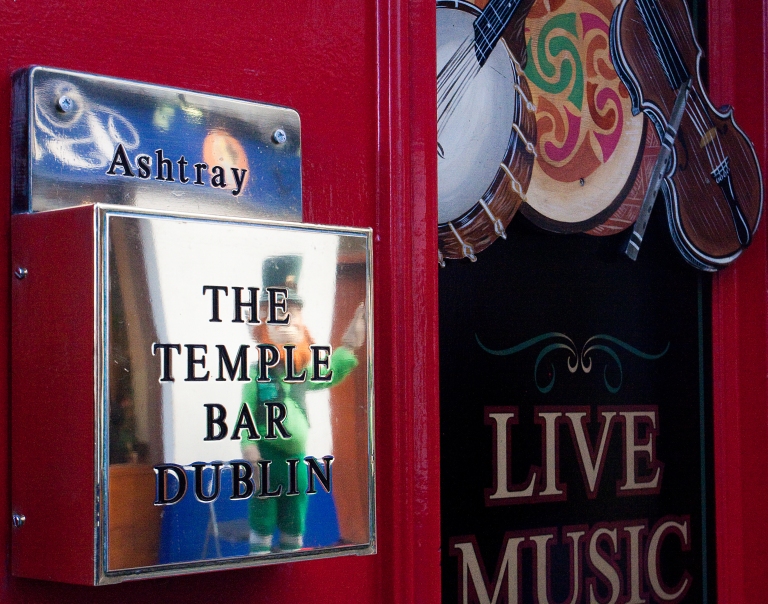
The biggest observance of the holiday is, naturally, in Ireland. Except for restaurants and pubs, almost all businesses close on March 17. Being a religious holiday, many Irish attend mass, where March 17 is the traditional day for offering prayers for missionaries worldwide before the serious celebrating begins. Central Dublin’s Temple Bar neighborhood—the epicenter of St. Patrick’s Day celebrations—are lined with pubs and bars that cater to tourists and young partiers. However, for many locals, traditional celebrations are generally much more subdued, and focus more on Irish pride than shots and pints. That’s not to say there’s not a lot going on —Dublin’s St. Patrick’s Day Parade & Festival is one of the largest in the world. The festival is five days long filled with boat races, the Irish Beer & Whiskey Festival, a huge fireworks display over the River Liffey, music and street performances, and a spectacular parade. The crowds are enormous, comprising not only local people but many overseas visitors – in fact St. Patrick’s day marks the unofficial beginning of the tourist season. And don’t forget, this is the birthplace of Guinness, the king of beers. Tour the brewery and grab a pint!
Montserrat
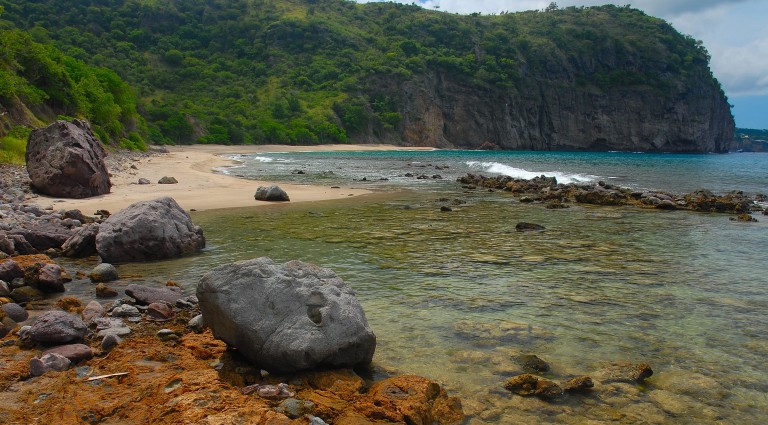
Known as the Emerald Isle of the Caribbean, Montserrat is the only country outside Ireland where St. Patrick’s Day is a public holiday. Montserrat’s Irish heritage dates back to the 17th century when the island became a haven for Irish Catholics who had been persecuted on other Caribbean islands. March 17th was also the date of Montserrat’s earliest slave rebellion, in 1768. So, St. Patrick’s Festival on Montserrat is not only a celebration of Irish traditions, but also of African and Caribbean traditions. The country’s 10-day-long festival is a rich mix of Irish and African heritage, with some traditional Caribbean entertainment.
Tokyo, Japan
Commemorating the 60th year anniversary of the Japan-Ireland diplomatic relations, Tokyo’s biggest celebration is their “I Love Ireland” festival in Yoyogi Park with stalls selling Irish food, music and dance performances, playful rugby scrums and more. Along with the weekend festival is Omotesando’s Tokyo parade. The parade, with 15,000 participants and 50,000 spectators¸ features green-clad cheerleaders, dancers, bands and more. Omotesando, home to some of the Tokyo’s most interesting architecture, is a posh fashion, shopping and entertainment neighborhood. Its main street, Omotesando dori, is often compared to the Champs-Élysées in Paris.
Moscow, Russia

Irish Week is the largest festival of Irish Culture in Russia. Organized with the support of Moscow’s St. Patrick’s Society, the celebrations are usually held in the middle of March over a whole weekend. The program includes the Irish Film Festival, concerts, and other Irish-themed activities, leading up to the St. Patrick’s Day Parade. Muscovites congregate on Novy Arbat, the city’s main square to celebrate the iconic day. Marching bands and Cossack horsemen mingle with abundant green beer to lend a local flavor to St Patrick’s Day.
Munich, Germany
The biggest Irish party in Germany is also one of the largest in all of Europe. It takes place in Munich, owing it to the considerably large Irish community. A small gathering of Irish expats in 1996 have turned a little party into a massive parade of over 30,000 participants and spectators. It is called the largest multicultural event in Munich after Oktoberfest and the Faschingsumzug (Germany’s Carnival). This parade also pays reverence to the religious overtones of the holiday. Celebration begins with a mass, and the parade is ordained by a priest. Following the parade, is an open air party with live music and dance performances.
Toronto and Montreal, Canada
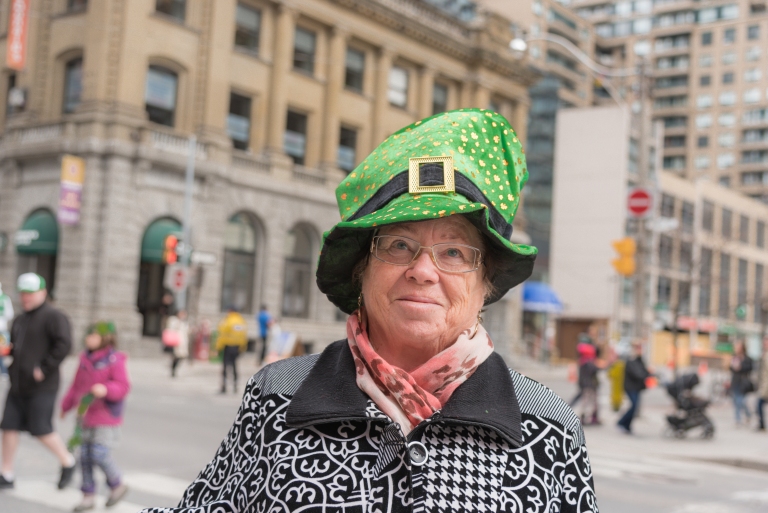
In some cities, notably Toronto and Montreal, large-scale St. Patrick’s Day parades are held, often on the Sunday closest to March 17. The longest-running parade in Canada occurs each year in Montreal. Since its inauguration in 1824, the parade has never been cancelled, regardless of poor weather; however, their first recorded celebration was in 1759. In Toronto, leading figures of the local Irish community are traditionally selected to be Grand Marshall of the parade. The festivities take place on the Sunday before St. Patrick’s Day and includes floats, bands, and costumes. St. Patrick’s Day is an official holiday in the Canadian province of Newfoundland and Labrador, and some groups have lobbied to make St. Patrick’s Day a national holiday.
Buenos Aires, Argentina
Not only is Buenos Aires home to the largest St. Patrick’s Day celebration in South America, but the city is home to the fifth-largest Irish community in the world. Of the millions who fled Ireland during the 1800s due to famine and other circumstances, several thousand found their way to Argentina. Argentina puts their own spin on the holiday, turning the event into a week-long celebration that includes dinners, music and dance performances, and always a lot of drinking! Visitors probably won’t find Guinness but they will find other dark beers and traditional Irish dishes made the Argentine way.




